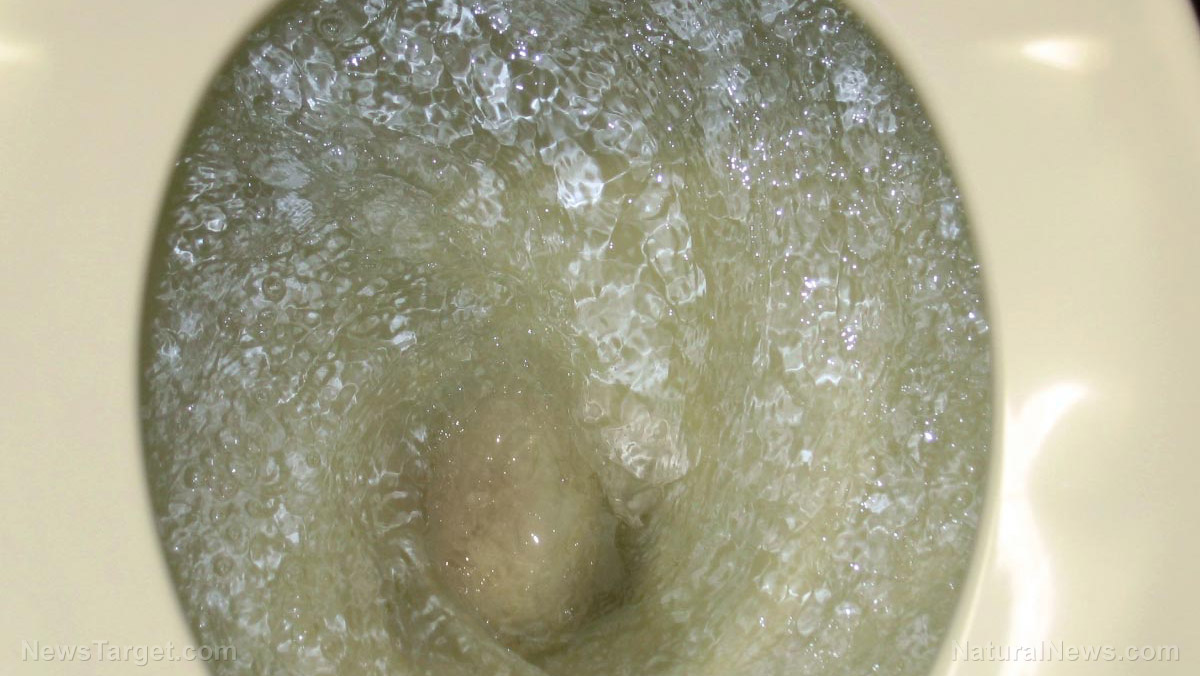
That's one way of bringing a literal sense to the term, “s—t a brick.”
Waste not, want not?
For the study, RMIT engineer Abbas Mohajerani and his team sought to develop the perfect biosolid clay brick.
Biosolids, the dewatered byproducts of wastewater treatment, are things that get produced a lot – the U.S. alone makes around 7.1 million tons of biosolids every year. Currently, about 50 to 70 percent of biosolids get recycled -- mainly to "boost" soil quality --leaving the rest to either pile up at landfills or get dumped in the ocean. (Related: Disgusting “environmental crimes” against America covered up with EPA quack science.)
Fortunately, biosolids have the same characteristics as clay, making them great for building.
“Biosolids bricks look the same, smell the same and have similar physical and mechanical properties as normal fired clay bricks,” Mohajerani said in a report in The New York Times.
To build the perfect brick, the team measured how much biosolids material should go in the brick without it losing its structural integrity or falling apart. They found that bricks made with 10 to 25 percent biosolids performed better, passing strength tests and preventing the leaching of heavy metals. They were also more porous than standard clay bricks. This meant that the bricks trapped heat better, making them great insulators.
This also means saving on heating and cooling costs.
The bricks are remarkably energy-efficient: A 25-percent biosolid brick requires 50 percent less energy to make than regular bricks. While a potential drawback that the team identified is that the process uses more water than regular brickmaking, they suggested that building the facility near sewage treatment centers could ensure sustainability.
“Using biosolids in bricks could be the solution to these big environmental challenges,” Mohajerani said in a statement. “It’s a practical and sustainable proposal for recycling the biosolids currently stockpiled or going to landfills around the globe.”
Not just Number 2
Interestingly, this isn't the first study to promote the use of materials that you flush down the pipes to make building bricks. Engineers at the University of Cape Town in South Africa recently unveiled a “bio-brick” made from human urine.
According to the team behind the bio-brick, it was developed using a natural process called microbial carbonate precipitation. This process, which is similar to how coral is formed, combines bacteria-rich sand and urine to produce calcium carbonate (limestone) through a complex chemical reaction. The result is a product that can be molded into any shape and strength, depending on the need.
“If a client wanted a brick stronger than a 40% limestone brick, you would allow the bacteria to make the solid stronger by ‘growing’ it for longer,” explained UCT senior lecturer Dr. Dyllon Randall. “The longer you allow the little bacteria to make the cement, the stronger the product is going to be.”
“We can optimise that process,” Randall added.
Sources include:
Please contact us for more information.























